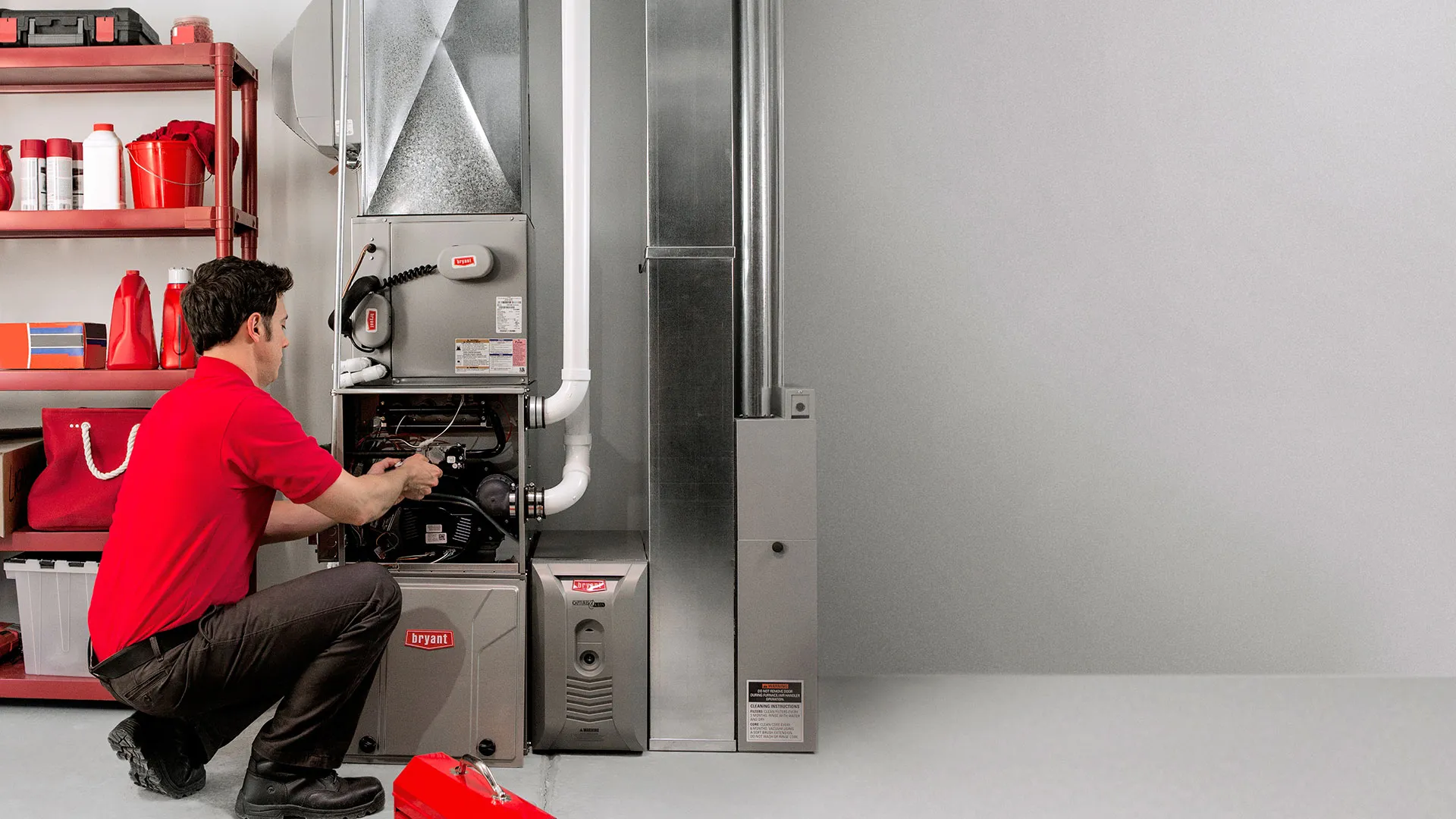Plants bring life, beauty, and freshness into any space, but some stand out for their unique appearance and benefits. One such plant is the Peacock Plant (Calathea makoyana), a stunning houseplant known for its striking foliage and air-purifying qualities. If you are a plant lover looking for an elegant addition to your indoor collection, the Peacock Plant is a must-have.
A Visual Delight: The Unique Appearance of the Peacock Plant
The Peacock Plant earns its name from its exquisite leaves that resemble the feathers of a peacock. The upper side of the leaves showcases a blend of dark green patterns against a light green background, while the underside exhibits a rich purple hue. This dual-toned beauty makes it an eye-catching decorative piece, perfect for enhancing indoor aesthetics.
Additionally, the leaves exhibit a fascinating movement known as nyctinasty, where they fold up at night and open in the morning. This feature adds a dynamic and interactive element to your indoor garden, making it a plant that truly captivates its owners.
Health and Environmental Benefits
Beyond its visual appeal, the Peacock Plant offers several benefits that make it a valuable addition to your home:
- Air Purification: Like many houseplants, the Peacock Plant helps remove toxins from the air, contributing to a healthier indoor environment. It absorbs pollutants such as formaldehyde, benzene, and carbon monoxide, promoting better air quality.
- Humidity Booster: This plant naturally increases humidity levels, making it an excellent choice for individuals who suffer from dry skin, allergies, or respiratory issues.
- Stress Reduction: Studies suggest that indoor plants can reduce stress and improve mental well-being. The Peacock Plant’s soothing colors and patterns create a calming atmosphere, making it ideal for workspaces or relaxation areas.
Caring for Your Peacock Plant
While the Peacock Plant is relatively low-maintenance, it does require specific conditions to thrive. Here are some essential care tips:
1. Light Requirements
The Peacock Plant thrives in indirect, bright light. Direct sunlight can scorch its delicate leaves, causing them to lose their vibrant colors. A well-lit room with filtered light is ideal. If natural light is limited, you can use fluorescent or LED grow lights to maintain its health.
2. Watering Needs
Consistent watering is key to keeping your Peacock Plant happy. Keep the soil moist but not soggy, as overwatering can lead to root rot. Use distilled or rainwater if possible, as the plant is sensitive to chlorine and other chemicals found in tap water. During warmer months, increase the frequency of watering, while in winter, reduce it slightly.
3. Humidity and Temperature
Being a tropical plant, the Peacock Plant loves high humidity. Maintaining a humidity level of above 50% is ideal. You can achieve this by:
- Placing a small humidifier nearby.
- Misting the leaves occasionally.
- Using a pebble tray filled with water.
In terms of temperature, keep the plant in a range of 18-27°C (65-80°F). Avoid placing it near heaters, air conditioners, or cold drafts, as extreme temperature fluctuations can stress the plant.
4. Soil and Fertilization
A well-draining, peat-based potting mix works best for the Peacock Plant. Regular fertilization during the growing season (spring and summer) helps maintain its lush appearance. Use a balanced, liquid houseplant fertilizer once a month, but avoid over-fertilizing as it may lead to leaf burn.
5. Pruning and Maintenance
To keep your plant looking fresh, remove any yellow or damaged leaves periodically. Wiping the leaves with a damp cloth helps keep them dust-free and allows better absorption of light. Repotting every two years ensures the plant has enough space for growth and prevents root-bound conditions.
Common Issues and Solutions
Despite its beauty, the Peacock Plant can be sensitive to certain conditions. Here are a few common problems and how to address them:
- Browning Leaf Edges: This is usually caused by low humidity or exposure to tap water with chemicals. Increase humidity and switch to distilled or rainwater.
- Curling Leaves: This may indicate underwatering. Ensure the soil remains evenly moist but not waterlogged.
- Yellowing Leaves: Overwatering or poor drainage can lead to yellowing leaves. Allow the top inch of soil to dry out before watering again.
Conclusion
The Peacock Plant is more than just a decorative houseplant—it is a statement piece that brings beauty, health benefits, and a touch of nature into your home. Its stunning foliage, ability to purify the air, and relatively easy care make it a favorite among plant enthusiasts. By providing the right environment with proper light, humidity, and watering routine, you can enjoy the mesmerizing beauty of the Peacock Plant for years to come.If you’re looking to add this gorgeous plant to your collection, check out the Peacock Plant today.









